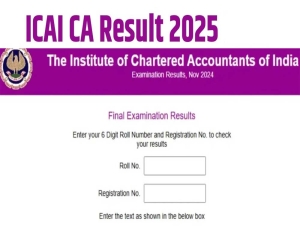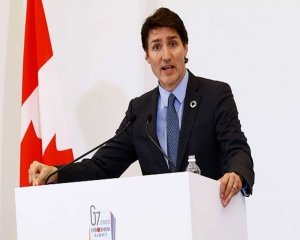The ITC Green Centre, certified as one of the world's greenest buildings last year, showcases how such structures can be both eco-friendly yet commercially viable, even in a city reeling under acute water scarcity and sinking groundwater level.
located in the city's new industrial hub, the ITC (Indian Tobacco Company) Green Centre, a 170,000 square foot office complex, had bagged the prestigious lEEDS Platinum Award in 2004, the first by any corporate house in India.
lEEDS, which stands for leadership in Energy and Environmental Design, is given by the US Green Building Council (USGBC), for outstanding commitment to the environment.
Significantly, the USGBC has re-certified the ITC Green Centre in 2012 as the world's highest (Platinum) rated green building. Platinum is followed by three other categories, namely Gold, Silver and Certified.
"This building may not be a regular stop on the tourist map, and no one would confuse it with the Taj Mahal. But it is a monument to the future," said Hillary Clinton, then US secretary of state when she visited the Green Centre during her India trip.
"The ITC Green Centre has been meticulously built to promote the highest environmental standards, both for the individuals working within the building and the neighbourhood," Niranjan Khatri, general manager, Welcomenviron Initiatives, told the IANS on the occasion of the World Environment Day.
Khatri had earlier served as faculty member of the Railway Staff College, Baroda, besides conducting 30 sessions on eco-designing for senior management of the Indian Railways. "We have also reduced our energy use by 51 percent" says Khatri. "Not a drop of the rainwater that falls on the Green Centre grounds goes into the sewer," explains adds Khatri. If fact they are harvested from the the roof and other paved areas.
The Green Centre has reduced water consumption by 40 percent of standard usage for a structure of this size. Besides, water is extensively recycled and used for gardening and filling toilet cisterns in the building. Ranjan Rellin, involved in the Green Centre's construction, said: "We wanted a workplace in which people were happy. We wanted to see smiling faces; healthy, energetic people."
The ITC projects team, led by Alwyn Noronha undertook a study of the 'sick building syndrome’ in order to ensure that the ITC Green Centre would avoid any mistakes that might create ill health for those who work in the building, says Rellin. In Gurgaon’s climate, large windows created the problem of heat and glare control. But a solution was found. ”We did not want to use reflective glass, whose mirror-like surface repels the heat by reflecting it back to the surroundings in a distinctively unfriendly ecological manner,” explains Rellin.
large windows have been retained, and the heat is minimized by the double-glazed windows, one of which is called the e-glass. E-glass is opaque, non-reflecting glass, which filters and disperses light and heat without reflecting it back outside the building, besides providing plenty of natural light.
The double-glazing insulates the building as do the fly ash bricks used in its construction, minimising use of gen sets and air conditioning. Sensors pick up the presence of additional numbers of people and fresh cool air is pumped in and out of rooms accordingly. Rooftop solar panels provide energy for hot water within the building and for all the neon signs and some of the night lighting. Only T-5 lamps, which are energy efficient, are used.
A stringent standard was set for the elimination of toxic substances and allergens which are found in adhesives, paints, polishes, plyboards and carpets. Only those products which met these standards were used at every stage, says Khatri.
























